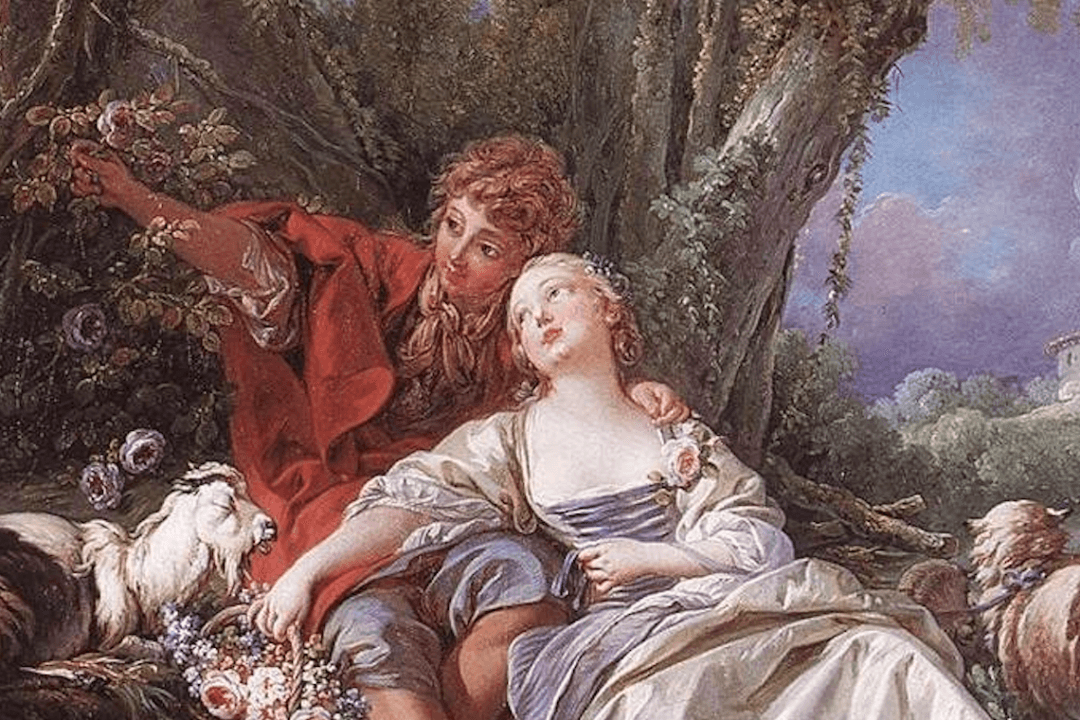Commentary
Wolfgang Amadeus Mozart is remembered as one of the greatest musical geniuses of all time. His compositions are still revered as among the best classical music ever written. Part of Mozart’s legacy surrounds his early death, which makes his tremendous output even more impressive. It’s not surprising that he wrote so much during his 35 years of life, however, when you consider how early he started.





